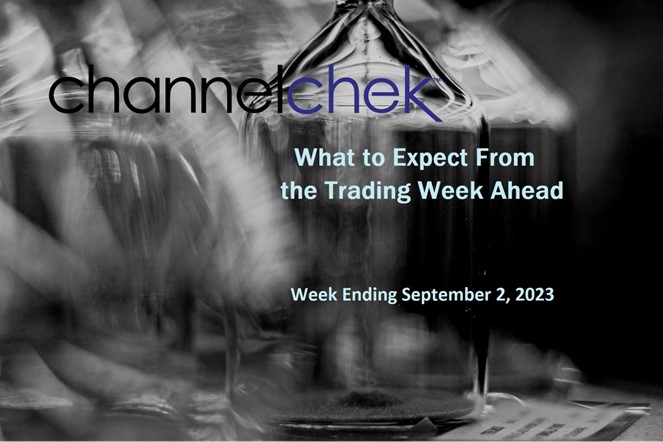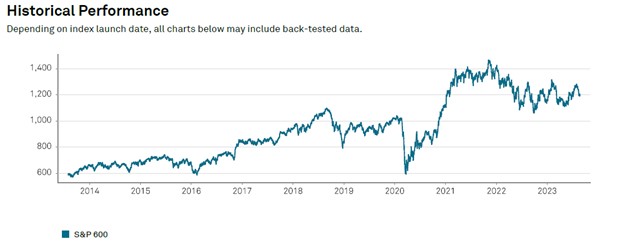Food delivery app DoorDash announced it will transfer its stock exchange listing from the New York Stock Exchange to the Nasdaq. The company will begin trading on the Nasdaq Global Select Market under the ticker ‘DASH’ starting September 27, 2023.
This represents a high-profile switch that exemplifies the fierce competition between the NYSE and Nasdaq to attract Silicon Valley tech listings. It also reflects shifting sentiments around brand associations and target investor bases.
DoorDash first went public on the NYSE in December 2020 at a valuation of nearly $60 billion. At the time, the NYSE provided the prestige and validation desired by the promising young startup.
However, DoorDash has since grown into an industry titan boasting a market cap of over $30 billion. As a maturing technology company, Nasdaq’s brand image and investor mix provide better positioning.
Tony Xu, co-founder and CEO of DoorDash, emphasized the benefits of the Nasdaq in the company’s announcement. “We believe DoorDash will benefit from Nasdaq’s track record of being at the forefront of technology and progress,” he said.
Nasdaq has built a reputation as the go-to exchange for Silicon Valley tech firms and growth stocks. Big name residents include Apple, Microsoft, Amazon, Tesla, Alphabet, and Facebook parent company Meta.
The exchange is also home to leading next-gen companies like Zoom, DocuSign, Crowdstrike, Datadog, and Snowflake. This creates an environment tailor-made for high-growth tech outfits.
Meanwhile, the NYSE leans toward stalwart blue chip companies including Coca Cola, Walmart, Visa, Walt Disney, McDonald’s, and JPMorgan Chase. The historic exchange tends to attract mature businesses and financial institutions.
Another factor likely influencing DoorDash is the investor makeup across the competing exchanges. Nasdaq generally appeals more to growth-oriented funds and active traders. The NYSE caters slightly more to institutional investors like pension funds, endowments, and passive index funds.
DoorDash’s switch follows ride sharing pioneer Lyft’s jump from Nasdaq to the NYSE exactly one year ago. Like DoorDash, Lyft desired a brand halo as it evolved past its early startup days.
“It’s a signal of us being mature, of us continuing to build a lasting company,” said Lyft co-founder John Zimmer at the time of the company’s NYSE listing.
Jared Carmel, managing partner at Manhattan Venture Partners, believes these exchange transfers reflect the “changing identities of the companies.”
As startups develop into multi-billion dollar giants, they evaluate whether their founding exchange still aligns with their needs and desired perceptions. Brand association and shareholder registration are becoming as important as operational capabilities for listings.
High-flying growth stocks like DoorDash also consider indexes, as the Nasdaq 100 often provides greater visibility and buying power from passive funds tracking the benchmark. Prominent inclusion in those indexes requires trading on Nasdaq.
Whether mature blue chips or emerging Silicon Valley darlings, the rivalry between Nasdaq and NYSE will continue heating up as each exchange vies to attract and retain brand name public companies. With lucrative listing fees on the line, exchanges will evolve branding, services, and capabilities to better cater to their target customers.
The DoorDash switcheroo exemplifies the changing perspectives and motivations influencing exchange selection. As companies lifecycles and personas transform, they reevaluate decisions made during those frenetic early IPO days.
















